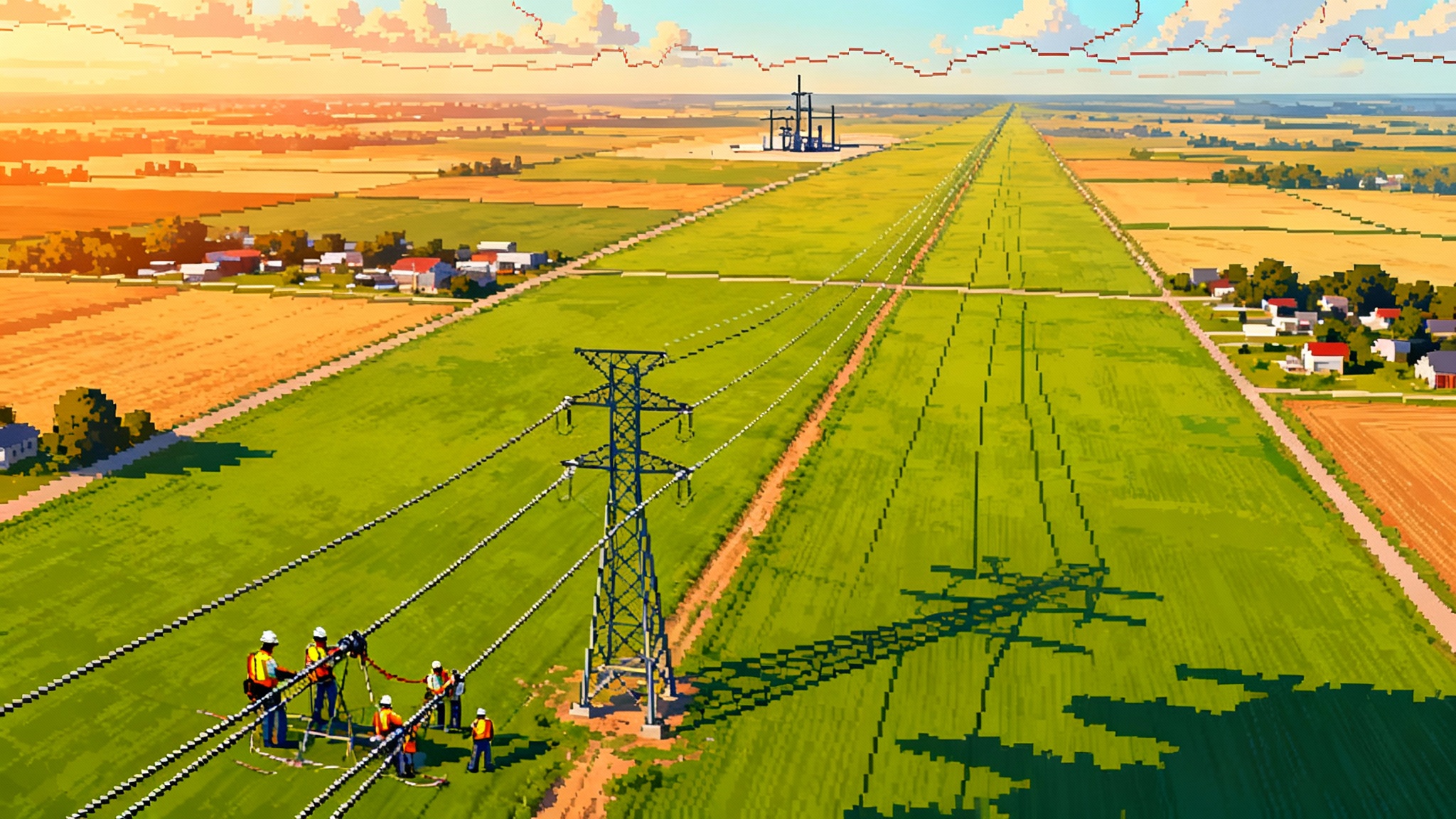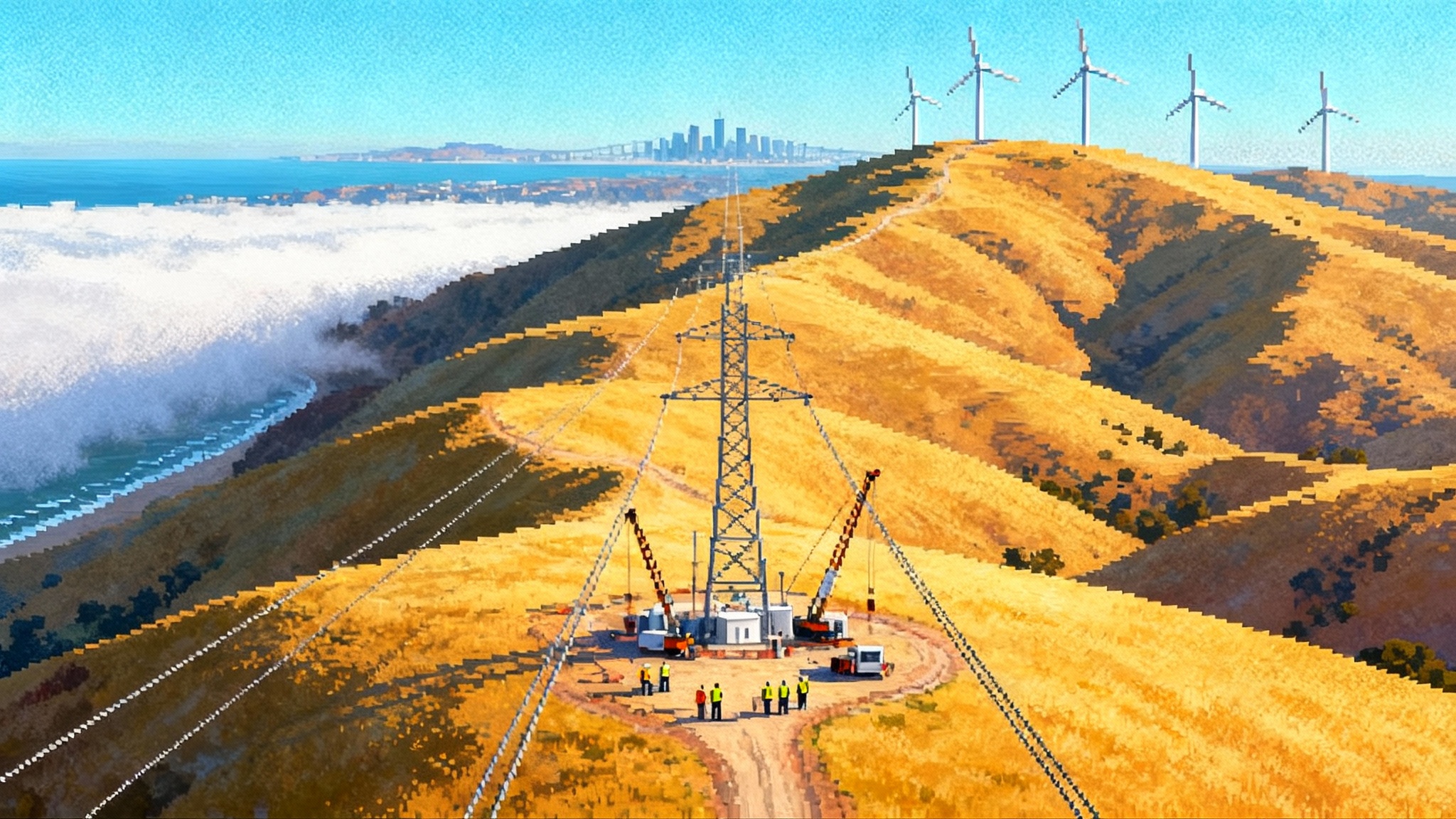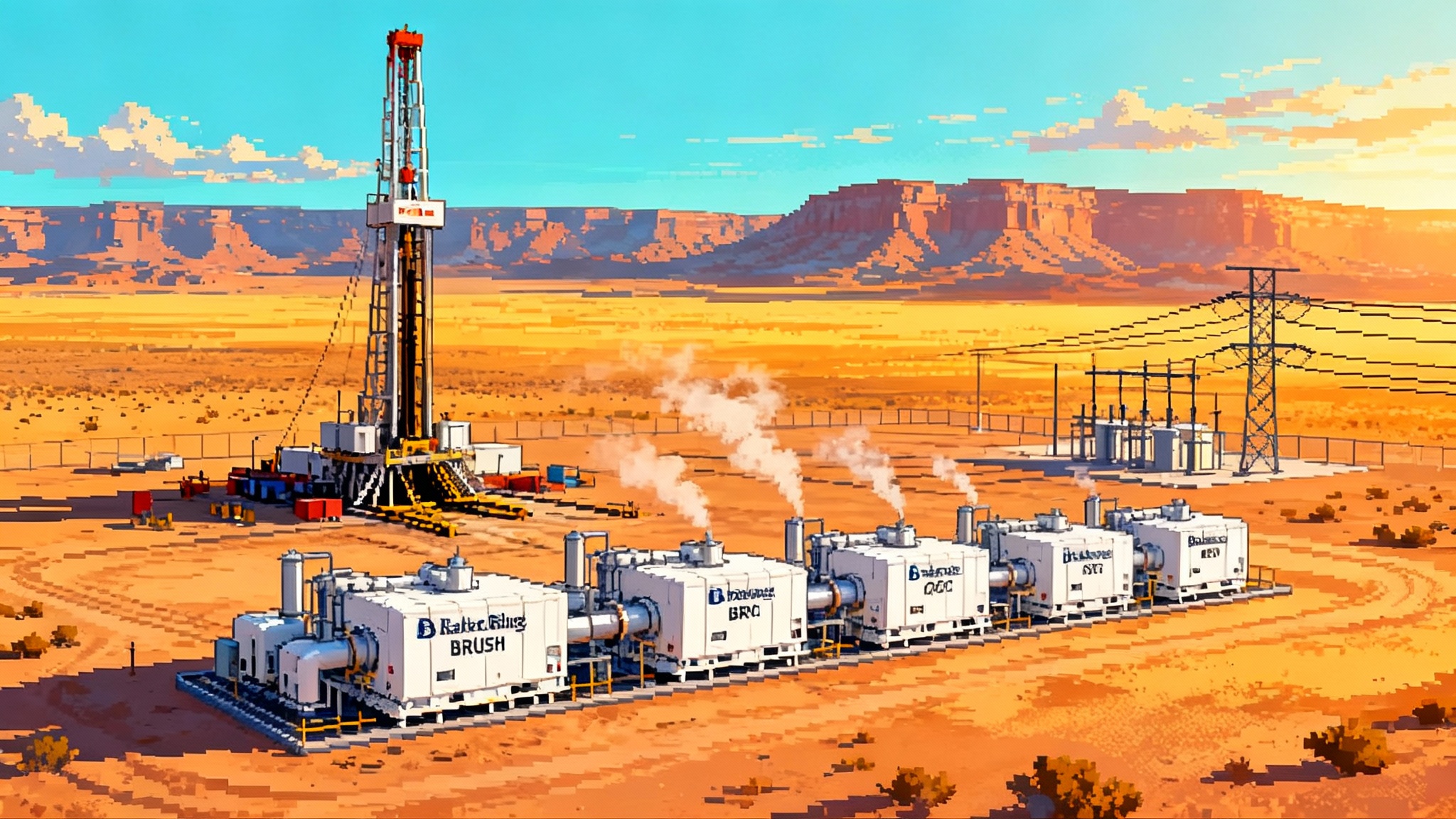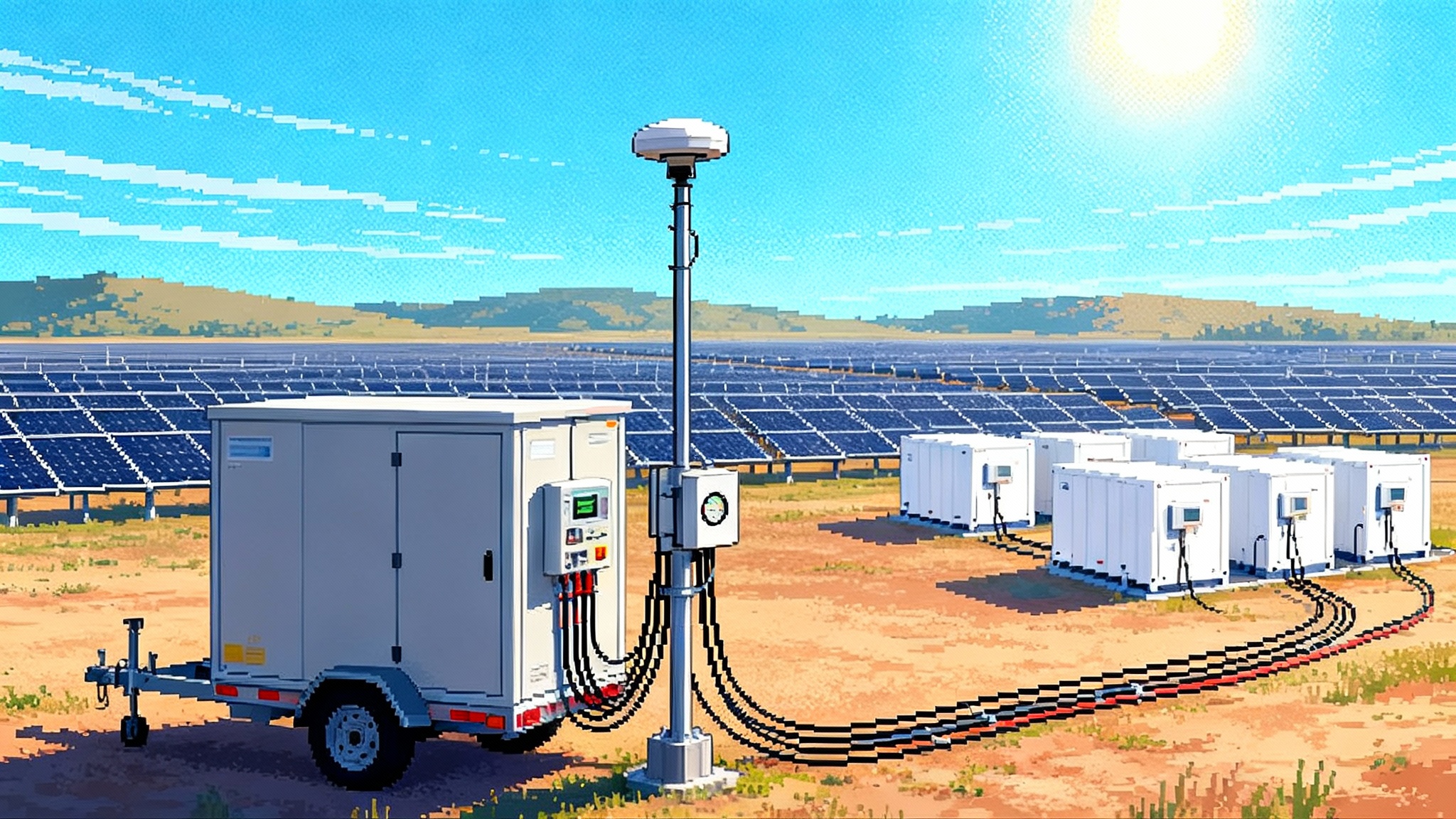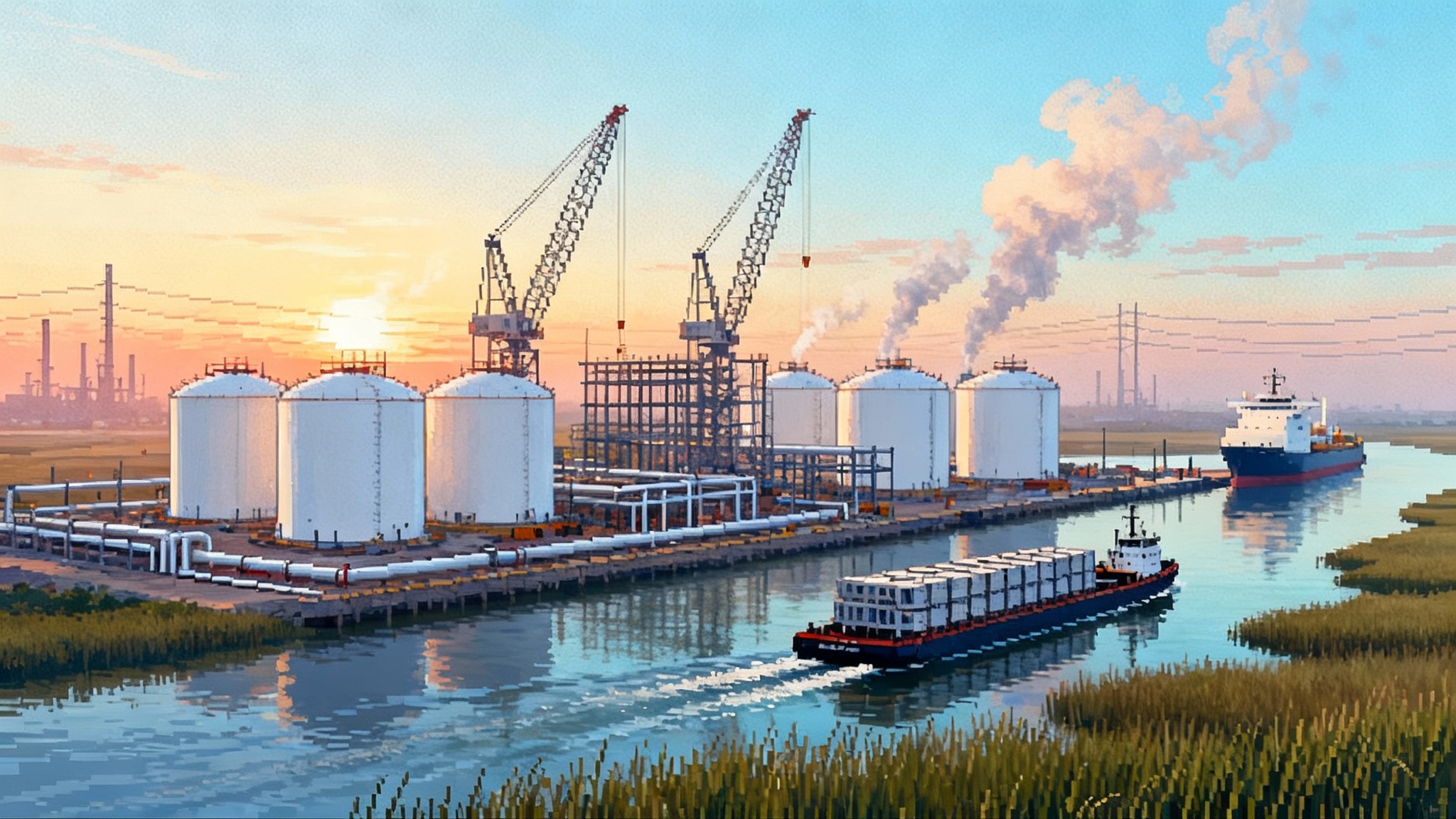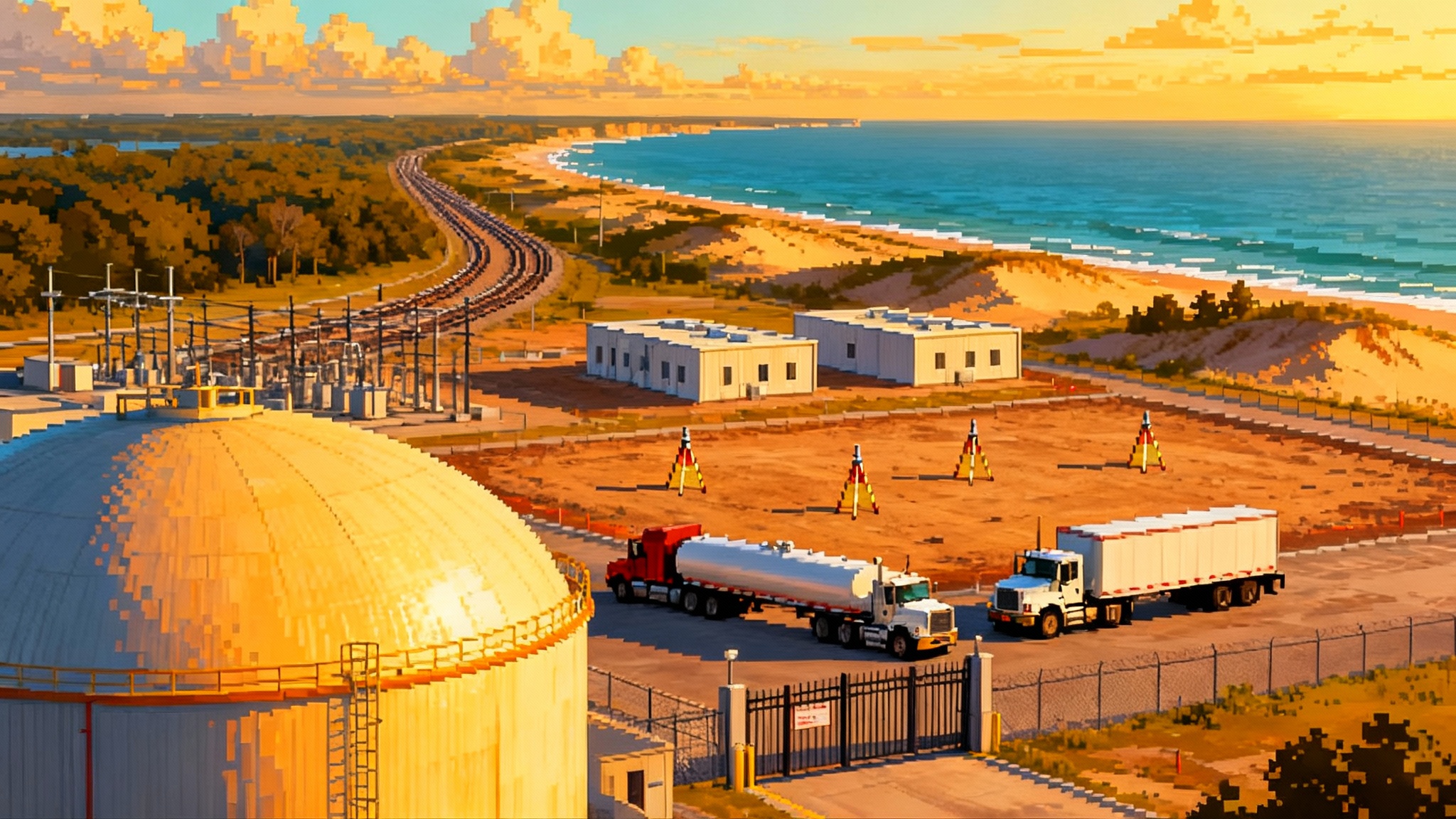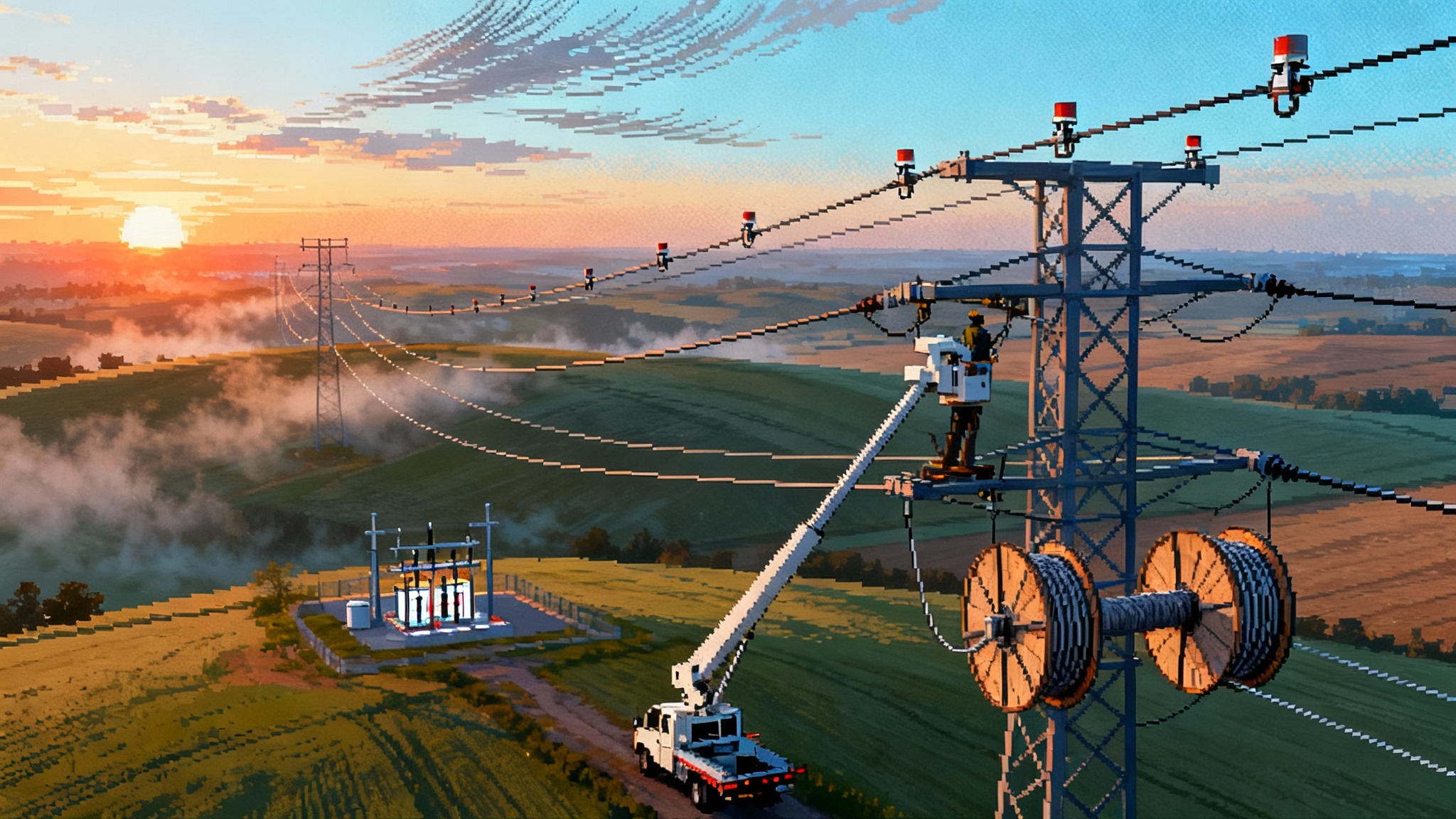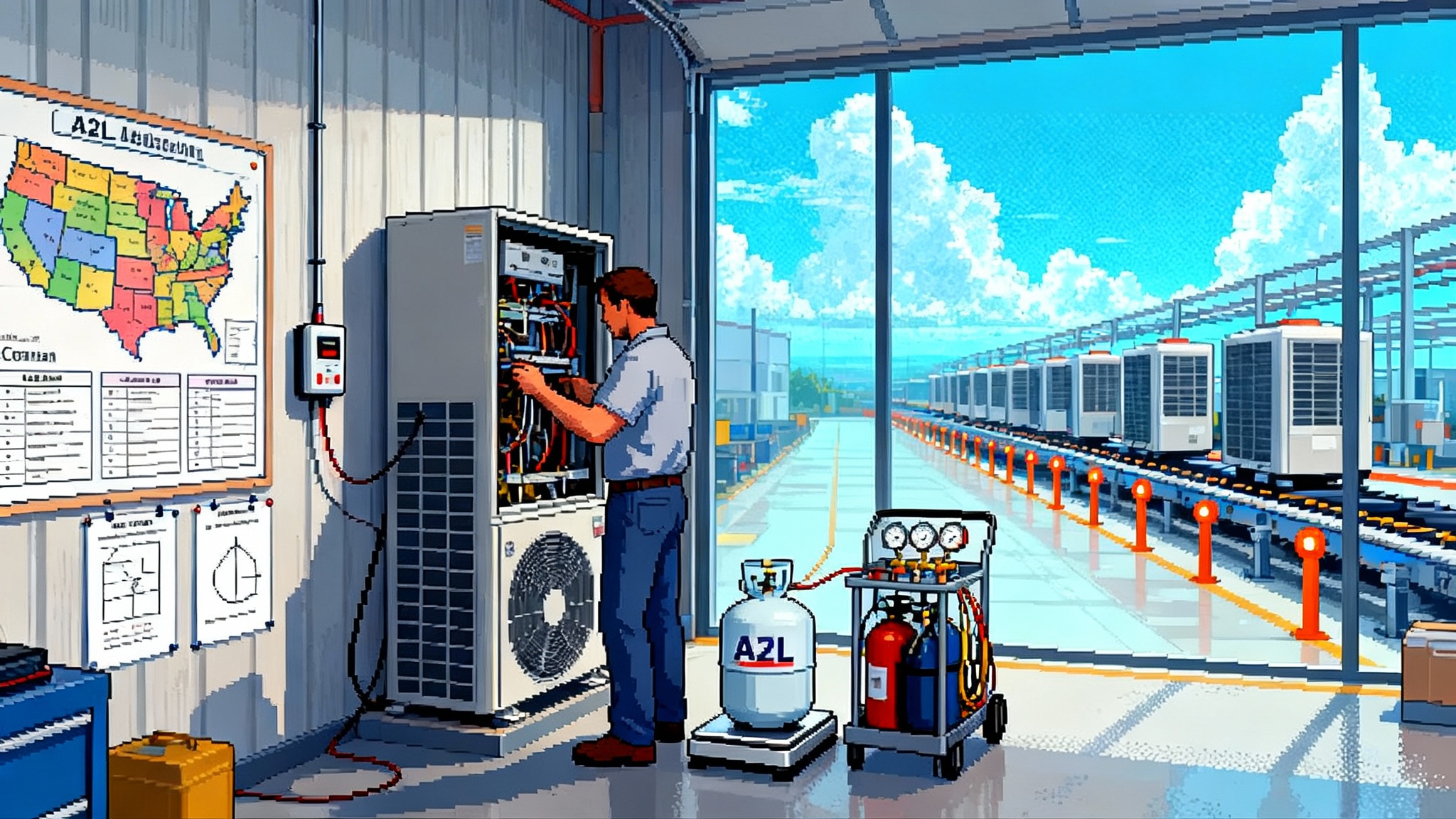AI’s power scramble is rewriting the U.S. grid in 2025
Hyperscale AI demand is colliding with a constrained grid. Utilities are racing to add batteries, sign 24/7 clean power deals, and permit on-site gas microgrids. See where projects, policies, and capital are moving next.
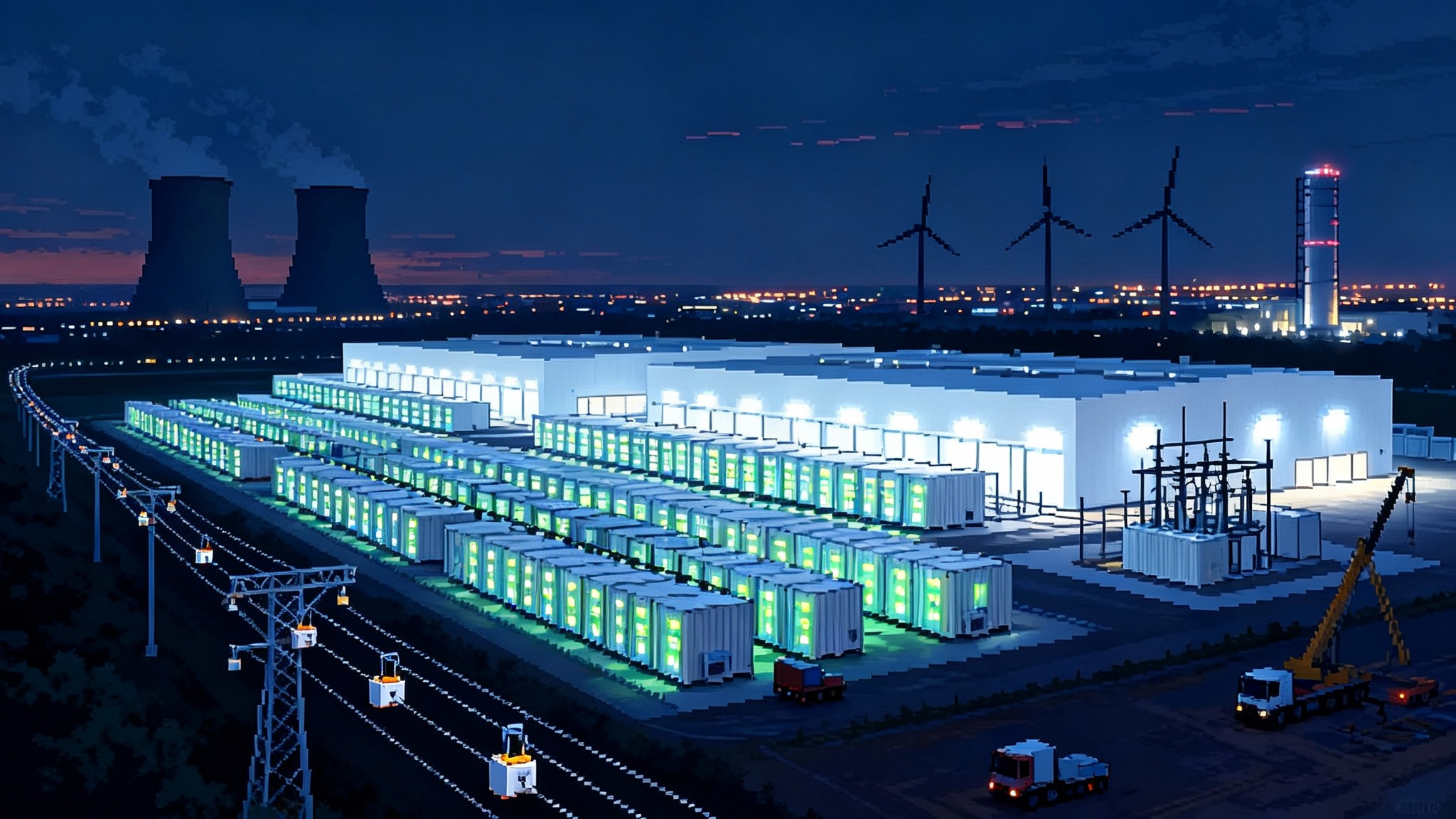
The breaking story in one chart you cannot see
If you could see the U.S. load curve from January to September 2025, you would notice a subtle but historic bend upward. After nearly two decades of flat demand, electricity sales are rising together across residential, commercial, and industrial customers, and the steepest part of the bend sits under a new category that planners now call out explicitly: data centers serving artificial intelligence. The federal Short-Term Energy Outlook puts numbers to it: after a two percent jump in 2024, demand is set to rise again in 2025 and 2026, with the commercial sector’s growth driven by data centers. That is a structural, not a weather blip, shift in the load shape. EIA’s January 2025 outlook.
Those aggregate curves map to very specific ZIP codes. The bull’s-eyes today are North and Central Texas, Northern Virginia, and a widening ring of Mid-Atlantic and Midwest interconnection points near fiber backbones and water. The consequence is a scramble for firm megawatts that can be delivered within realistic timelines. Utilities and developers spent 2025 changing playbooks to meet that challenge.
What changed in 2025: demand became contracted, not hypothetical
A year ago, many load forecasts treated hyperscale demand as a scenario. In 2025, utilities began booking it like a pipeline of signed customers. Dominion Energy in Virginia told investors it had roughly doubled data center capacity under contract since mid-2024, to on the order of tens of gigawatts. That single data point explains a lot of what followed: accelerated grid spending plans; new rate structures for very large loads; and a sharp shift from annual renewable energy claims to hourly, 24/7 clean power contracts that can actually back the new load every hour.
On the ground in Texas, the story looks different but rhymes. The ERCOT market moves fast, and this year it vaulted into the lead on operating battery capacity while setting new seasonal peak records. Developers can connect storage and flexible gas units more quickly than in most regions, so power to serve new compute clusters is being assembled as a portfolio: batteries to clip peaks; solar and wind for daytime and nighttime energy; and, increasingly, on-site reciprocating engines or turbines as an insurance policy when transmission is late or congestion bites.
The immediate response: three supply strategies now dominate
1) Record battery build, especially where interconnection is possible
Storage became the first responder of the grid. In 2025, ERCOT added more battery capacity than any other U.S. region, with multi-hundred megawatt plants registering month after month. These assets do three jobs that matter to hyperscalers: they deliver fast ramping for voltage and frequency support, consistent with FERC’s 2025 IBR rules; they reduce congestion costs by shifting energy to hours when transmission is less constrained; and they buy time while long-lead firm capacity and wires catch up.
A concrete example sits south of Houston: a 150 megawatt battery project commissioned this fall, using a standard two-hour configuration to hit peak net demand and ancillary services. Projects like this are repeating across Texas and the Southwest, and they are increasingly paired with adjacent switchyards to simplify a later upgrade to four-hour duration when market rules or customer contracts require it. This is what a scaled response looks like: standardized equipment, repeatable interconnections, and merchant-plus-contract revenue stacks that can be financed at speed.
2) A wave of 24/7 clean power contracts, including nuclear
The brand new headline in 2025 is that big buyers are contracting for clean energy on an hourly basis, not just on an annual certificate basis. Hourly matching anchors siting and procurement in the grids where the load lives, which is exactly where data center clusters are growing. Solar and wind remain the backbone, but buyers now add firm clean components to fill the gaps.
Two developments show the change. First, the federal government signed a ten-year nuclear-backed supply deal to decarbonize federal load. Second, and even more transformative for private demand, hyperscale buyers began signing firm, multi-gigawatt nuclear contracts tied to data center campuses. In June, Talen Energy and Amazon expanded their relationship around the Susquehanna nuclear station in Pennsylvania with a long-term agreement sized up to 1,920 megawatts, and with a roadmap to add net-new clean capacity over time. It is a template for firm clean power, and it is explicitly driven by compute growth. Talen’s June 2025 announcement.
Hour-by-hour contracting also boosted interest in uprates at existing nuclear plants, geothermal additions where geology lines up, and hybrid solar-plus-storage projects with guaranteed discharge windows that match compute’s night shift. For context on life extensions and restarts, see the Palisades nuclear restart playbook.
3) Behind-the-meter gas and microgrids as a bridge and hedge
It is not fashionable, but it is happening. Where interconnection queues and transmission upgrades cannot deliver firm capacity fast enough, hyperscalers are ordering on-site gas generation. In Texas, several campuses are being planned with embedded generation sized from tens to hundreds of megawatts, often using quick-start reciprocating engines that can follow load, paired with batteries and islanding switchgear. In Houston, a 17 megawatt gas-fueled microgrid went in at a colocation campus to provide resiliency and participate in local market programs. In West Texas and the Permian Basin, developers are packaging land, high-pressure gas lines, and switchyards as power-first sites designed to stand up 250 to 500 megawatts of behind-the-meter capacity within a year.
Why would a company that publicly commits to clean energy sign up for on-site gas? Because it reduces the chance of stranded data halls while they wait years for wires, and because the same companies are increasingly matching their energy hourly with clean contracts. The on-site gas becomes the reliability backstop while long-lead firm clean power and transmission get built.
Where the grid is tightest: siting, wires, and the queue
Siting is no longer just about land and fiber
A viable site in 2025 has four assets at once: proximity to fiber for low-latency workloads; water or a credible air-cooled thermal plan; a path to firm power within 24 to 36 months; and community acceptance that permits substation expansions, new feeders, and, in some cases, high-voltage lines. Northern Virginia shows how one of those variables can dominate: siting battles over large substations and transmission corridors delayed some projects, even as utility interconnection desks logged record requests. Counties that once competed exclusively on tax abatements now scrutinize water, noise, and visual impacts. The result is a premium on brownfield sites near existing heavy industry and on co-location with generation.
Interconnection is improving but still the choke point
Federal Order 2023 pushed grid operators to adopt cluster studies and stricter readiness requirements. That is helping filter out speculative projects. The Mid-Atlantic grid operator, PJM Interconnection, moved its first reformed study cycle into the agreement phase in late 2025, with tens of gigawatts now holding actual draft contracts. Still, across the country the total queue remains measured in terawatts, and many projects face multi-year timelines before breaking ground. Even when the generation is ready, the local network upgrades can be the critical path.
Grid-enhancing technologies are finally moving from pilots to procurement
Transmission owners are deploying ambient-adjusted and dynamic line ratings, advanced conductors, and topology optimization software that increase transfer capability on existing lines. These tools do not replace new wires, but they can add double-digit percentage capacity on congested corridors within months, not years. Several large regions, including PJM, have begun operational work to ingest dynamic ratings from transmission owners. The federal government’s grid innovation grants in early 2025 specifically funded reconductoring and dynamic ratings at scale. For data-center heavy pockets, these are the only near-term levers that change the queue math without new rights of way. For a deeper dive on ratings and reconductoring, see Order 881’s moment on AAR and DLR.
Texas and Virginia, up close
Texas: batteries plus fast-track interconnections
Texas offers proof that speed matters. ERCOT’s interconnection processes, combined with developer standardization, allowed the state to jump to the top of the U.S. battery league table this year. New multi-hundred megawatt batteries around Houston and Dallas arrived alongside a wave of solar, reducing net peak and helping stabilize frequency during steep ramps. At the same time, developers in West Texas are designing power-first campuses with switchyards, gas take-off, and fiber backbones pre-built so that compute can land the day the substation is energized. When transmission capacity is tight, these campuses island part of their load behind the meter and use batteries to manage emissions and noise during peak hours.
Virginia: utility commitments and new tariffs for very large loads
Northern Virginia remains the world’s densest cluster of data centers. That concentration is forcing structural change. Dominion Energy’s contracted queue for data center load surged to on the order of 40 gigawatts by the end of 2024, a step change from mid-year, and the utility’s capital plan for 2025 to 2029 rose into the tens of billions to keep pace. In 2025, Dominion proposed a dedicated rate class for customers over roughly 25 to 50 megawatts with high load factors. The idea is simple and controversial: lock in minimum demand payments and collateral so the enormous cost of new substations, feeders, and capacity upgrades is not shifted onto households if a data center delays or downsizes. The state regulator is weighing how to balance ratepayer protection with economic development.
What shifts in 2026 to 2030
Expect a siting pivot to power-first real estate
The scarce input is no longer land. It is energization dates with believable schedules. Campuses that control the critical path items will dominate leasing: pre-approved switchyards and substations, rights to reconductor adjacent segments, and package deals for 24/7 clean power with a firming component. In the Mid-Atlantic, look for brownfields near nuclear and large gas plants. In Texas and parts of the Midwest, look for campuses that can island a chunk of their load until the grid catches up.
Action for developers: do not start with site size. Start with a one-page energization plan that lists the substation, feeder, reconductoring segments, and the precise interconnection queue status, then price your land accordingly.
Interconnection timelines will be the make-or-break variable
Order 2023 compliance is moving, but the new bottleneck is the availability of engineers, outage windows, and vendor capacity for protection and control equipment. That means queue position is necessary but not sufficient. Sponsors that pair their projects with grid-enhancing technologies and fund local upgrades will close sooner. Expect more bilateral agreements where large loads underwrite reconductoring, dynamic line rating sensors, and advanced relays in exchange for earlier in-service dates.
Action for buyers: when you evaluate a power purchase agreement, ask for three things beyond price. One, the exact network upgrades and who pays for each. Two, a schedule that includes outage windows already requested. Three, a fallback plan that keeps the megawatts flowing if a single transformer or line segment is delayed.
States will keep shifting costs to large loads
The political logic is simple. Voters react to bill increases, while very large customers have the sophistication to sign contracts that isolate them from residential classes. Expect more states to follow Virginia’s lead with special tariffs for ultra-large customers that set minimum demand charges, longer contract terms, and upfront contributions to substation and transmission equipment. Some commissions will also require proof of 24/7 clean power contracting for new campuses so that the regional emissions profile does not backslide when big loads connect.
Action for hyperscalers: treat rate design as a product input, not a utility afterthought. Engage early in rate cases, and be ready to accept minimum demand obligations in exchange for defined energization schedules and access to grid-enhancing upgrades.
The investable openings
- Storage, but with a twist. The next returns are not only in steel-in-the-ground. They are in trading and control layers that move batteries across products within a day and across seasons. In ERCOT and the Mid-Atlantic, four-hour assets that can pivot between reserve products and congestion relief, validated by telemetry, will beat pure merchant peers.
- Grid-enhancing technologies. Dynamic line rating hardware and software, advanced conductors, and topology optimization tools are moving from pilot to procurement. The most interesting deals bundle all three around specific congestion knots that serve data center clusters, with revenue anchored by utility contracts and large-load contributions.
- Firm clean power. Nuclear uprates, long-term life extensions, and nuclear-backed 24/7 contracts will scale. Geothermal in places with proven resources will join the stack. So will hybrid projects that commit to an hourly delivery window, even if it requires storage. Expect project finance to treat these as capacity-like, with credit metrics closer to tolling agreements.
- Microgrids as a service. On-site generation and storage that can island for hours is becoming a standard feature for new campuses, particularly in Texas and parts of the Southeast. Reciprocating engines paired with batteries can hit strict noise and emission limits while providing true backup and market participation. Growth equity will back developers that standardize design, permitting, and operations.
- Interconnection solutions. There is a business in underwriting and executing the local upgrades that unlock a substation or a line segment. Sponsors that can reconductor, add dynamic ratings, and deliver new protection and control gear on a guaranteed schedule will find willing offtakers among both utilities and large buyers.
What to watch next
- Hourly clean energy accounting becomes table stakes. Expect enterprise buyers to require hourly matched portfolios in procurement. That reorders project maps toward the grids where the load sits.
- Long duration storage trial years. Mortar-and-pestle use cases like evening ramps and 24/7 delivery windows will get real money. Winning chemistries will be those that pass grid-operator models and substation integration tests, not just lab metrics.
- Transmission pragmatism rises. Reconductoring and dynamic ratings will get funded first. New long-haul lines will still be built, but the fast wins will come from squeezing more out of steel already standing.
- Data centers get better at being grid citizens. Expect load management software that shapes non-critical compute around scarcity hours, thermal storage that moves cooling load, and campus-level control that coordinates with local operators. This is not altruism. It reduces bill volatility and speeds permits.
The bottom line
The U.S. grid is being rewritten by compute demand on a schedule measured in quarters, not decades. The old model of signing a flat renewable certificate and waiting patiently for a substation to appear does not work when large language models consume power at gigawatt scale. The 2025 response shows the new playbook: build batteries fast, layer in firm clean power with hourly matching, and use on-site generation as a bridge while the wires catch up. States will keep asking large loads to carry more of the costs. Investors will fund the tools that turn constrained networks into reliable ones. The winners are those who can draw a straight line from a land parcel to an energization date, and then back it with an hourly clean energy portfolio that is real on the grid, not just on a spreadsheet.
That is the scramble. The opportunity is that every constraint here can be engineered around. The next five years belong to the builders who can make those engineering choices legible to regulators, bankable to financiers, and reliable hour by hour to a grid that has finally started growing again.
